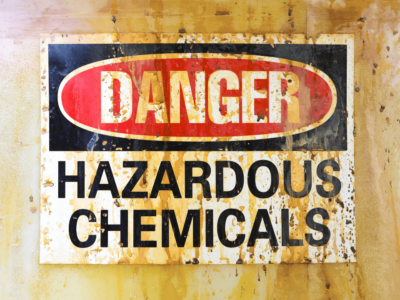With the recent FDA approval of daratumumab for high-risk smoldering multiple myeloma, the moment is ripe to revisit the evolution of our understanding of smoldering multiple myeloma. This development not only underscores the growing recognition of early intervention but also invites a broader reflection on the biological insights and therapeutic strategies that have shaped—and continue to shape—this transitional disease state.
The rapid adoption of glucagon-like peptide-1 receptor agonists (GLP-1RAs), particularly for weight management, represents one of the most significant shifts in metabolic medicine in decades. With millions of people now using medications such as semaglutide and tirzepatide, we are witnessing a fundamental alteration in patient physiology that extends far beyond glucose control and weight loss. As these drugs approach 10% population penetrance in some demographics, the oncology community faces an urgent question: How will this metabolic transformation reshape cancer care?
Testing of chemicals for potential cancer causation (carcinogenesis) has long been a successful disease-prevention initiative of the highest priority.
In April 2025, announcements from the two most influential biomedical agencies in the US, the FDA and the NIH, declared that both will seek to reduce and minimize animal-based testing and experimentation. These declarations sparked joy in some circles, and deep concern in others that was reflected in a 28% fall in the share price of Charles River Labs (NYSE: NYSE:CRL).
We are rapidly approaching the Sept. 30 planned expiration of telemedicine coverage under Medicaid. Letting this authorization expire is short-sighted. As an oncologist, I believe there are multiple compelling, non-pandemic reasons for telemedicine to remain a permanent fixture in cancer care.
Cell and gene therapies have made incredible strides over the past decade. The 2024 FDA approvals of the first T-cell receptor therapy for the treatment of metastatic synovial sarcoma and the first tumor-infiltrating lymphocyte therapy for the treatment of unresectable or metastatic melanoma mark a significant turning point for solid tumor treatment.1,2
Patients affected by cancer are increasingly turning to artificial intelligence-powered chatbots, such as ChatGPT and Gemini, for answers to pressing health questions. These tools, available around the clock and free from geographic or scheduling constraints, are appealing when access to medical professionals is limited by financial, language, logistical, or emotional barriers.
There is general agreement that the United States spends too much on health care, especially on pharmaceuticals. But what we spend on drugs is not simply a function of price. If eggs double in price, people can simply cut the number of eggs they eat in half. Simply stated, cost is the product of (price per unit times the number of units purchased).
Our Hispanic community is a vibrant and essential part of the American tapestry, contributing richly to the country’s society, culture, and economy. Yet, when it comes to healthcare, this community grapples with significant disparities, especially in cancer care.
It started innocuously enough. I looked in the mirror and noticed a pigmented area on my scalp just into the hairline. Like many patients, thoughts started running through my head: “Maybe it’s nothing.” Looking at my Outlook calendar, it was packed morning-to-night with meetings, patients, and travel, so I decided I would get that spot checked out the minute I had “time.”















